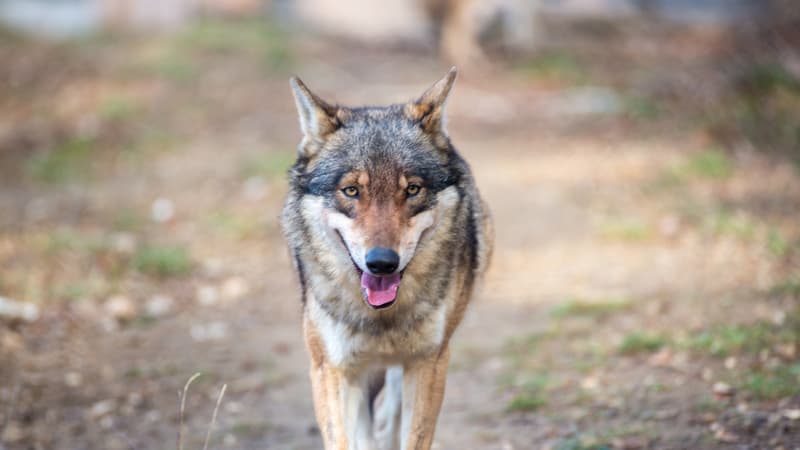The new wolf plan for 2024-2029, published on Friday by the Government, plans to increase compensation to breeders, +33% for sheep and +25% for goats, while relaxing the rules for shooting defensive against predators.
“The scales of compensation for damage caused to livestock by the predation of wolves, bears and lynx (direct losses) are increased by decree by +33% for sheep and +25% for goats,” specifies a statement from the Ministry of Ecological Transition, which also details the new rules for the sacrifice of predators.
A ministerial decree on the simplification of defensive shooting for wolves, with a protocol in line with the breeders’ requests, was also published in the Official Gazette on Friday.
Slaughter fee unchanged
These measures, which aim to “not leave the farmer in trouble in the face of attacks” on his livestock by facilitating the killing of predators in action, according to a government source, were published on the eve of the opening of the Agricultural Show, in a context of revolt of the peasant world.
In the new plan that authorities say they have designed for “a better balance between the protection of herds and the conservation of threatened species”, the culling quota remains unchanged, at 19% of the registered population each year – or 209 in 2023 for a The population of lupines is estimated at around 1,100.
The counting method will be modified with a “trap-mark” technique for an annual release to establish the maximum number of wolves that can be killed.
New means of protection
The simplification of defensive shooting, which has drawn criticism from nature defense associations, will allow breeders to equip themselves with night vision devices and will force them to use lighting before opening fire. Cub Scouts will now be exempt from this lighting requirement and will be able to use weapons equipped with night sights, with simplified intervention procedures in the field.
The new Wolf Plan also provides for a “protection” component, with a budget of 2.5 million euros during the period 2024-2029, to develop new means of protection, such as the use of drones or scaring with pheromones.
After disappearing for a time in France, the wolf, a strictly protected species, reappeared in the early 1990s crossing the Alps from Italy. Their number, estimated at 1,107, has more than doubled since 2018 and, according to the ministry, “the wolf’s demographic viability threshold has been reached.” At the same time, attacks on livestock increased from 11,080 in 2017 to 12,500.
Source: BFM TV


